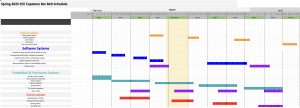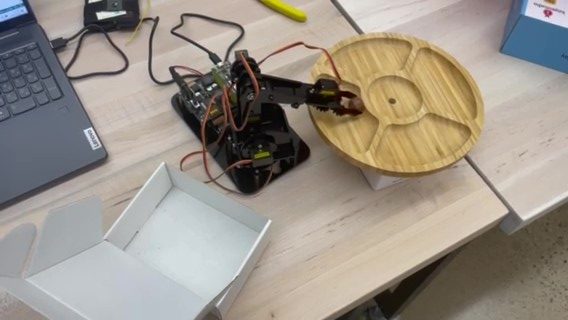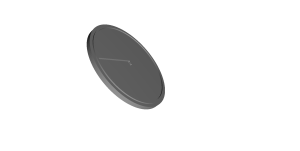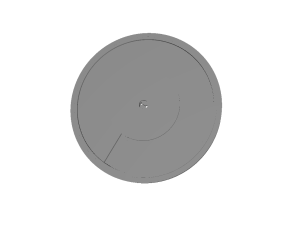This week, our team began building and testing the individual components that make up the system including the electronic valve liquid dispensing system, the rotating garnish wheel, electromagnetic stirring system, and robotic arm.
In terms of the hardware involved in the liquid dispensing system, we got the circuitry to properly open and close a single solenoid valve for a programmed amount of time from the Arduino. We also experimented and found the appropriate tube size for our system (1/4 tube diameter) and attached the tubes to our bottles for demoing flow. We also drilled appropriate size holes in an extra wooden wheel we had to hold the bottles, and thus built a single liquid dispense tube which we plan to scale out to 5-6 drinks.
In terms of the hardware involved in the rotating garnish wheel, we correctly were able to program the wheel to rotate a defined amount based on the Arduino programming and began keeping track of the state of the wheel in our Django web app.
In terms of the hardware with the robotic arm, we were able to output fixed, linear movement which is appropriate since the robotic arm will simply be picking from one area in placing to another.
In terms of the software, we created the interface between the django application and Arduino for communication regarding which pins on the Arduino and hence valves to control from user input as well as precise angle movement of the garnish system also based on user selection.
Next week, we plan on scaling out the valve system and begin regulating multiple drinks to showcase customize drink making and experiment with timing to deem appropriate volume amounts. We also plan on integrating the robotic arm movement and garnish system, so that the arm can reliably pick up a custom selected garnish. We also are planning the logistics regarding how we will orient the system in terms of holding the drinks up, and height of the cup, garnish system, and mixing system.
Our main technical challenges will be figuring out precise timings of valve openage to amount of liquid dispensed in mL which will depend on the orientation of the system and the reliability of the valves. Another challenge will be integrating the arm to the garnish system because we will have to coordinate when and how the arm will move for different degrees of rotation. The final challenge, will be coordinating the dispense system and garnish system as the latter must come after the former is completely done, hence a communication protocol will have to be established between these components.









